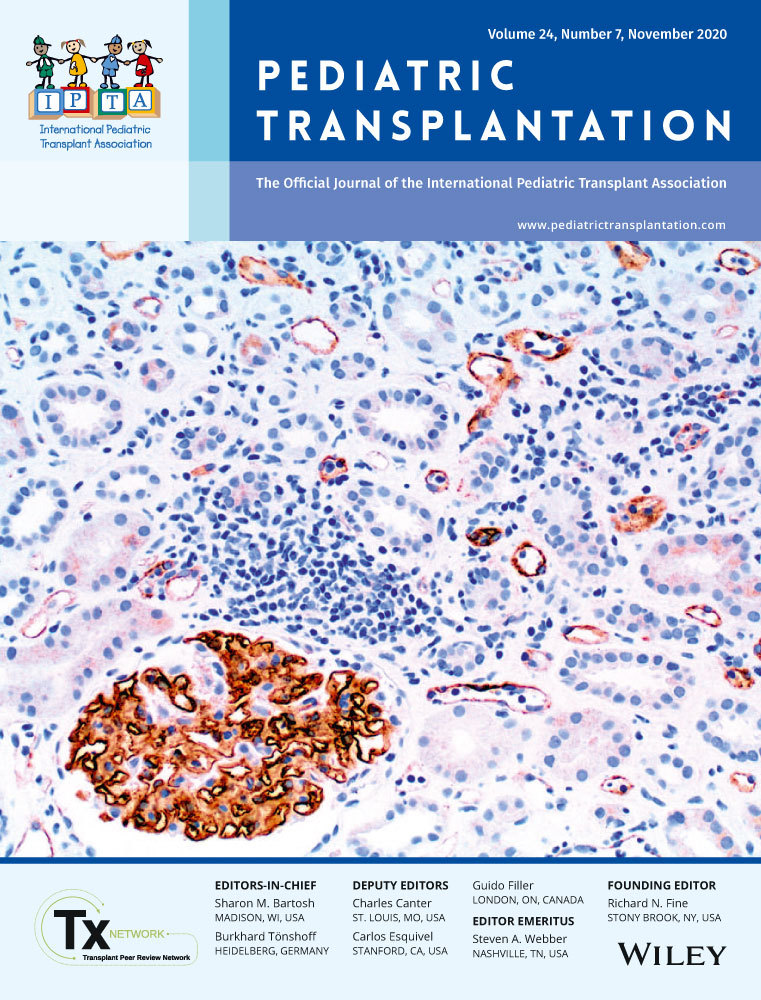Pediatric liver transplantation in severe hepatopulmonary syndrome and use of inhaled nitric oxide for post-transplant hypoxemia–a single center experience
Abstract
Data on pediatric patients with HPS undergoing LT are limited. Our aim was to study the spectrum and outcomes of pediatric patients with HPS undergoing LDLT. The role ofiNO for post-LDLT refractory hypoxemia was also assessed. Patients (aged < 18 years) undergoing LT were retrospectively studied. HPS was diagnosed based on European Respiratory Society Taskforce 2004 criteria. HPS was graded based on oxygenation criteria and contrast-enhanced echocardiogram. Post-operative course was studied. Refractory post-operative hypoxemia was treated with iNO by institutionally developed protocol. 23/150 pediatric patients undergoing LDLT had HPS. BA was the most common underlying cause (52.2%). By oxygenation criteria, 6 (26.1%) had VS-HPS. VS-HPS was associated with longer LOS (p = .031) and prolonged oxygen requirement (p = .001) compared with other HPS patients. 4/6 patients with VS-HPS had pO2 < 45 mm Hg. Among these, 2 developed ICH post-operatively and 1 died. 3 developed refractory post-operative hypoxemia, successfully treated with iNO. Mean duration of iNO was 26.3 days. In the group of patients with HPS, the incidence of HAT and portal vein thrombosis was 17.3% and 4.3%, respectively. One year post-LDLT survival of patients with HPS was similar to non-HPS patients (86.9% vs 94.4%; p = .88). We concluded that, pediatric patients with VS-HPS, especially those with pre-operative pO2 < 45 mm Hg, have long and difficult post-LT course. Refractory postoperative hypoxemia can be successfully overcome with strategic use of iNO. Vigilant monitoring and good intensive care support are essential.
CONFLICT OF INTEREST
The authors declare no conflict of interest.




